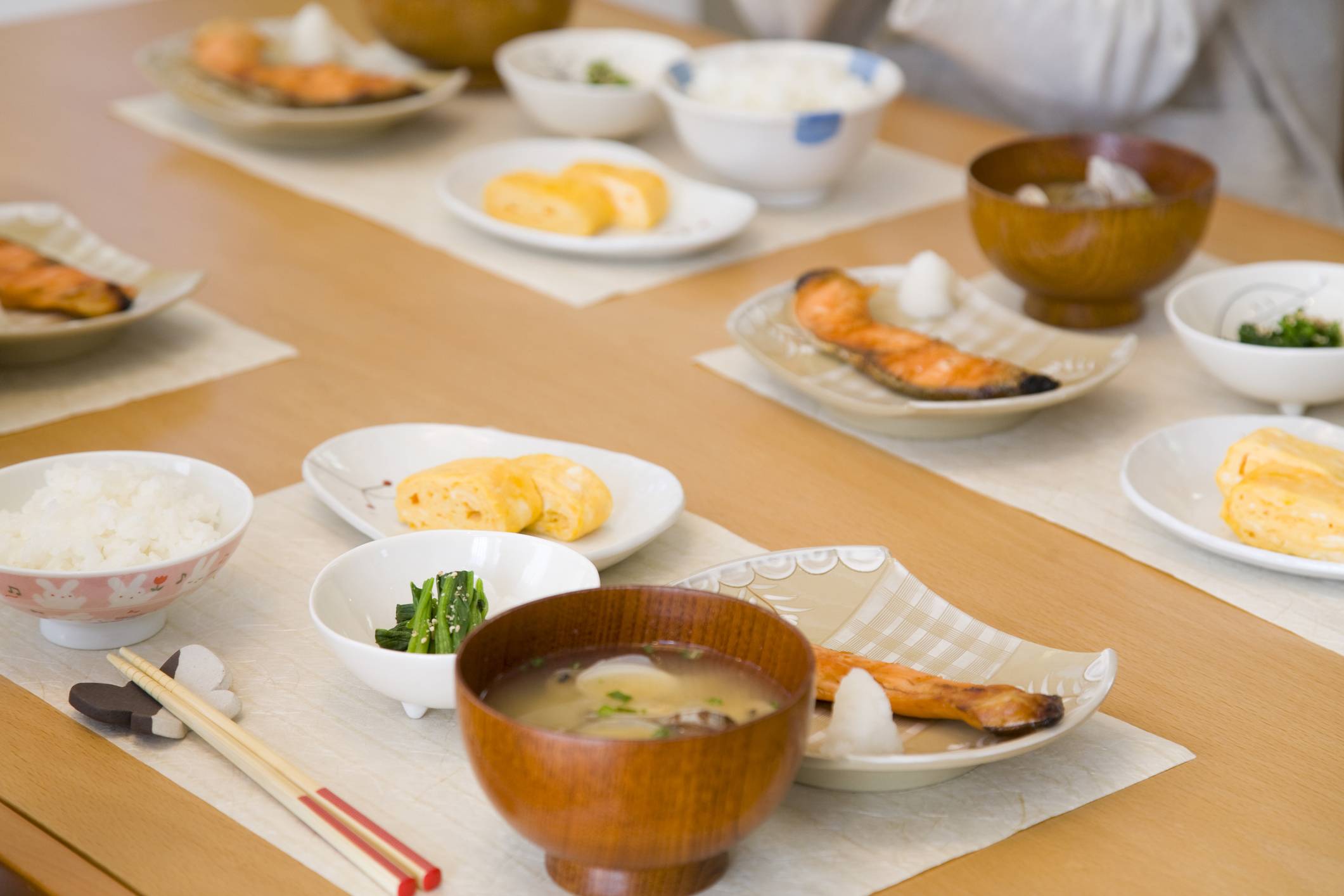Japan’s washoku cooks have long recognized the value of sourcing food from varied terrain. Some of Japan’s earliest written works, the eighth-century “Kojiki” (“Records of Ancient Matters”) and “Nihon Shoki” (“Chronicles of Japan”), reference the concept of “umi no sachi, yama no sachi” (literally the “bounty of the oceans, bounty of the land”).
Ancient Shinto ritual feasts — consecrated naorai offerings to be shared with the gods — always included items such as konbu (kelp) from the sea and rice from the land. This surf-and-turf approach to meal planning is still observed today with menus that showcase the richness of any given environment.
The practice of including foods from both terrestrial and marine sources at each and every meal ensures a variety of flavor, texture and nutritional richness: gustatory pleasure. It also speaks to the importance of balanced ecosystems made sustainable by avoiding overfishing, overhunting and farming practices, such as monoculture, that diminish soil quality. Oceans, lakes, streams, ponds, fields, forests, deserts, tundra and even urban landscapes offer up a vast array of foodstuffs — each to be sourced mindful of the need to regenerate, rather than deplete, natural resources.



